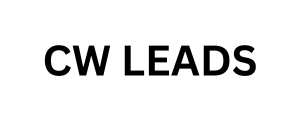Creating the semantic cocoon structure Define a hierarchical architecture for your website, distinguishing between the levels of depth and importance of the pages: Main pages (or “pillars”) They play a central role in the semantic cocoon, bringing together and summarising the essential information on a given theme. The main pages must be well referenced, accessible from the home page or the main menus, and have a high number of inbound and outbound links. Secondary pages secondary pages: they detail and expand on a specific aspect of the main theme, covering related keywords and subjects. Secondary pages generally have a lower priority than main pages, but they add value to the semantic cocoon by reinforcing the domain’s expertise and authority.
Writing and optimising content Write and optimise
your articles and pages in line with good SEO practice (including keywords in the title, meta description, H1 and alt image tags, etc.). You Venezuela WhatsApp Number List should also ensure that your content is of high quality, rich and informative for your readers. 5. Setting up the internal network Build a dense and coherent network of internal links between the pages in the semantic cocoon, respecting the following principles: Contextual link Insert links in the body of your texts, using optimised and natural anchors (avoid over-optimisation or over-use of keywords).
Links in footer or sidebar
Make your content easier to navigate and discover by providing links to the main or secondary pages in the side menus or footers. Link Turkey Whatsapp Number networks Links: establish relationships between pages in the same section, but also between different categories or themes. Links can be bidirectional (A to B, then B to A) or multidirectional (A to B, C, D…) depending on the needs and organisation of the site. Maintaining and optimising your SEO semantic cocoon The work doesn’t stop once your semantic cocoon is in place. It’s essential to continue updating your website regularly, both technically and editorially. Audit and monitoring Closely monitor the performance of your website and your semantic cocoon, by analysing the referencing indicators (positioning, clicks, impressions, pages visited.







